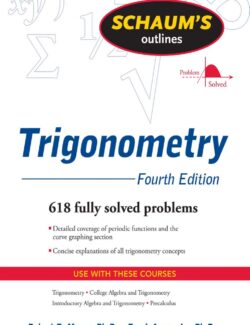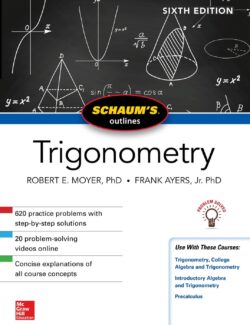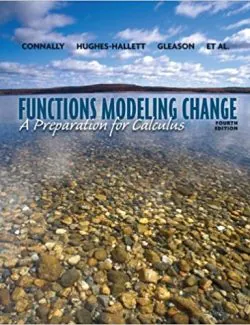Description
Elementary Technical Mathematics, Tenth Edition, is intended for technical, trade, al-lied health, or Tech Prep programs. This book was written for students who plan tolearn a technical skill, but who have minimal background in mathematics or needconsiderable review. To become proficient in most technical programs, students mustlearn basic mathematical skills. To that end, Chapters 1 through 4 cover basic arithmeticoperations, fractions, decimals, percent, the metric system, and numbers as measurements. Chapters 5 through 11 present essential algebra needed in technical and trade programs.
The essentials of geometryrelationships and formulas for the most common two- andthree-dimensional figuresare given in detail in Chapter 12. Chapters 13 and 14 presenta short but intensive study of trigonometry that includes right-triangle trigonometry aswell as oblique triangles and graphing. The concepts of statistics that are most importantto technical fields are discussed in Chapter 15. An introduction to binary and hexadecimalnumbers is found in Chapter 16 for those who requested this material.
The authors have included numerous examples and applications surrounding areas such as construction and industrial operations, electronics, agriculture, allied health, drafting, HVAC, welding, automotive diesel mechanics, aviation, natural resources, among others. This edition contains all basic arithmetic, including the metric system and measurements, algebra, geometry, trigonometry, and statistics, as they are all related to technical and business fields. Thus, the goal of this text is to engage students and provide them with the mathematical foundation they need to succeed in future courses and careers.













Leave us a comment
No Comments